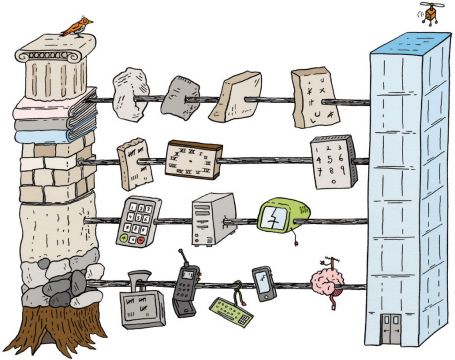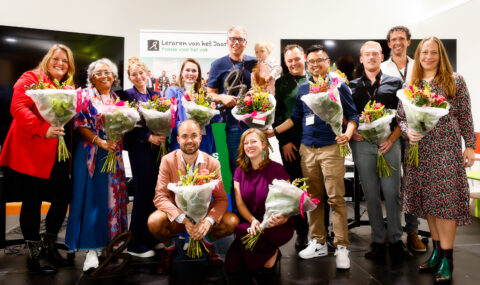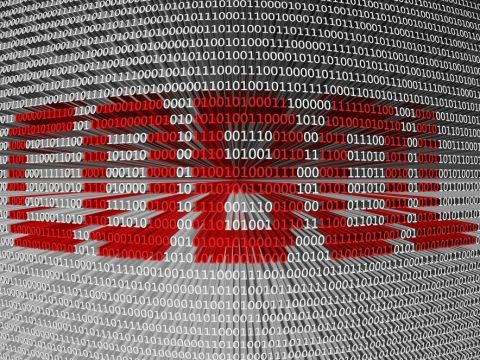Govern IT
I shout it more often: the first it-application was undoubtedly the abacus a few ten thousand years ago. I assume for a moment that our hunter-gatherer ancestors were already smart enough to make such a thing. After all, the cave also had to keep accounts of dried meat, nuts and fruits. Even well before writing was invented 5,500 years ago - which, of course, was also an it-application with the technology being: clay tablet and stick or pen, ink and paper.
In the twentieth century, information technology could finally be taken seriously. As early as the beginning of that century, banks and large industrial companies, including those in the Netherlands, began large-scale information processing. With the great works of Alan Turing and the Dutch mathematician Edsger Dijkstra - Dijkstra's importance for the it worldwide is totally underexposed to the general public, just google him before you read on and see what honor Google gave him after his death - we ended up in the present century when the cell phone made its appearance.
In the time between the abacus and the clay tablet, there was ample time to think about the implications. To learn. Even with earlier innovations like the printing press (fifteenth century) and the typewriter (nineteenth century), it was still fairly manageable. But the technological developments of digital transformation have undeniably accelerated, making it increasingly difficult for us to oversee the various steps. Starting from the abacus, this is actually the cautiously starting digital transformation. It was primarily triggered by our curiosity about whether we could transfer our mental capabilities to newly developing external technology, that is, other than our brains. That curiosity led to many experiments and innovations.












